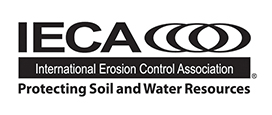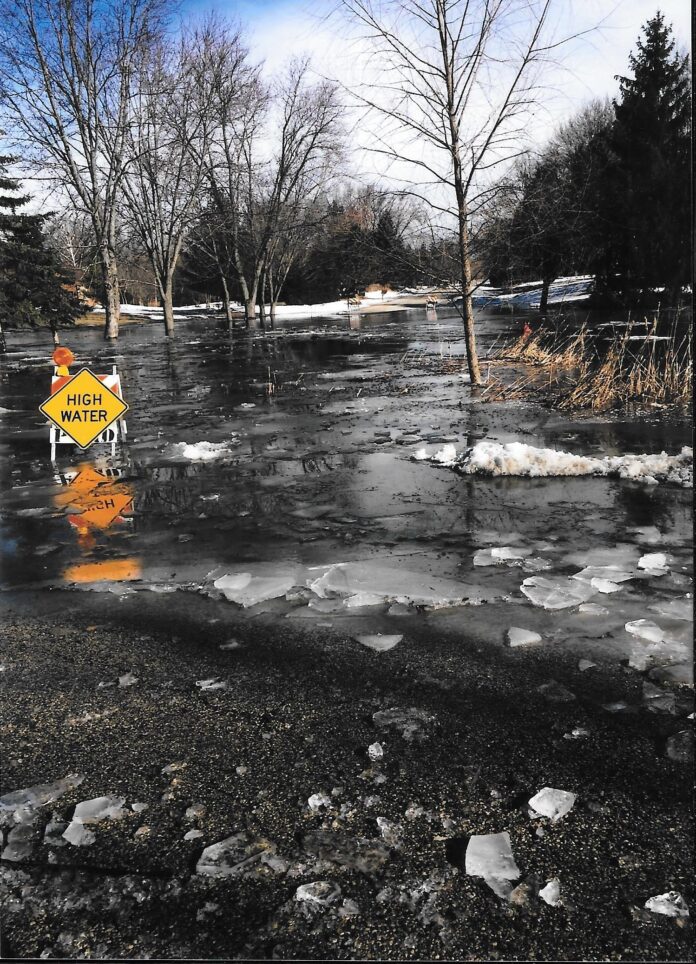In autumn 2013, a series of storms, including Hurricane Dorian, impacted a swath of the country from the Midwest to the East Coast. For one neighborhood in Cook County, Illinois, commonly referred to as the College Streets, this impact was only one in a series of ongoing flooding (Figure 1) that had been increasing as development and climate change increased. The neighborhood was overlooked for improvements because it was in an unincorporated area of the county, in a township that had no public works. These little pockets of unincorporated neighborhoods were a byproduct of communities incorporating over time and leaving fragments of the county unincorporated — primarily because of socioeconomics. Over time, resistance to incorporation was stronger because of lower property taxes. These fragmented neighborhoods generally fell to the townships for support.
The 2013 storms allowed for grant funding through the Community Development Block Grant (CDBG) Program funded by the Federal Emergency Management Agency and for use within the Cook County Metropolitan Water Reclamation District. On behalf of the neighborhood, the township requested funding. While affluent communities generally do not qualify for CDBG funding, the township argued that blight could be avoided with improvements to alleviate the repetitive flooding, and the request was for a very small portion of the $14 million available. These arguments allowed for the neighborhood to qualify for CDBG funds.
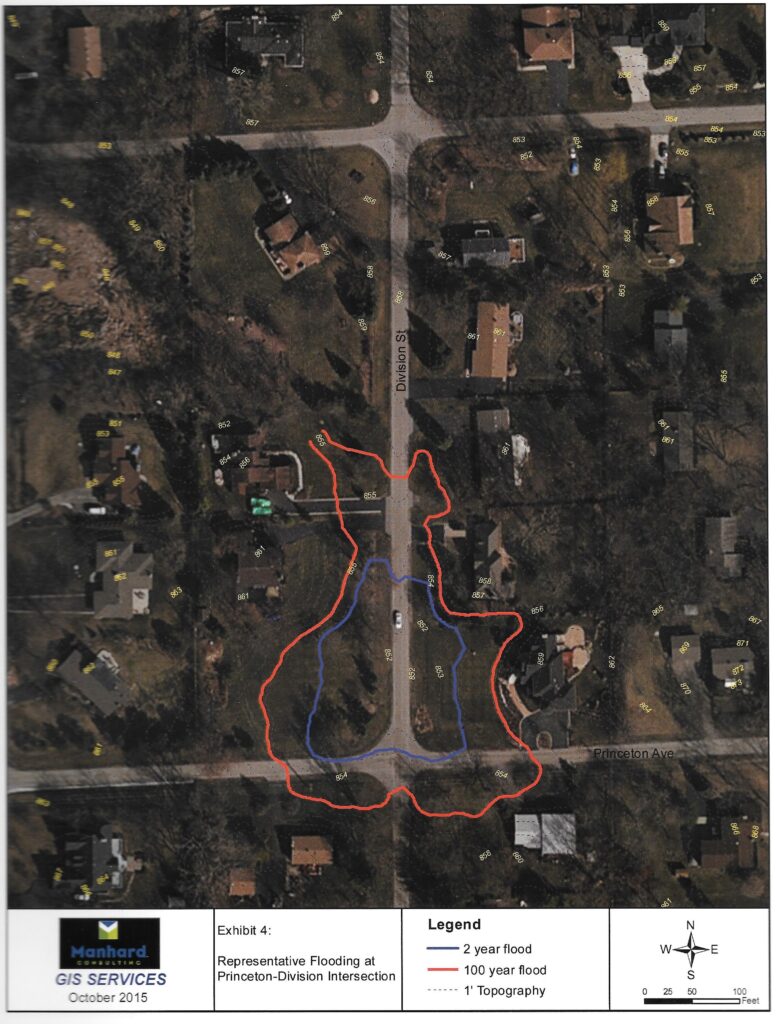
The first phase of the project paid for a study of the existing infrastructure to identify the worst areas that were contributing to the drainage and flooding problems. The neighborhood included a range of pipe systems and old infrastructure. Studying the old engineering plans, this infrastructure included brick drop-ins, corrugated metal pipes, polyvinyl chloride (PVC) pipes, concrete channels and grassy swales with little infiltration. Natural resource areas were overrun with invasive cattails that stressed the limits of filtration by the buildup of sediment and lack of maintenance. The water in the neighborhood circled through the pipe system and settled at the lowest section of the land. Once at this point, the water would often sit for days until infiltration (Hydrologic Soil group C) would occur.
The conclusions from the study (Figure 2) were used to develop three potential solutions to the drainage and flooding issues by upsizing drainage pipes and installing bioswales. Challenges to implementing this phase of improvements involved private property issues. While one neighbor could be impacted by the addition of a grass swale and improved pipes, they were not willing to sign off on the ideas proposed.
Even after encouragement of friends, legal teams and public hearings, the homeowners were reluctant to agree to any plan that involved private property. Over the course of two years of negotiations, significant rainfall and flooded roadways (Figure 3) did nothing to encourage cooperation. Ultimately, the township determined that working on the problem solely in the right-of-way was the only way to address the problem.
Finally, in the spring of 2017, a second application for CDBG funding was secured for the design of a drainage and flooding improvement plan. A public bid was released to create a bioswale in the right-of-way at the corner where most of the stormwater accumulated following a rainstorm. The drainage and flooding improvement plan also upsized the piping system that ran adjacent to the private property and across the roadway right-of-way. Features of the swale included an underground system of varying levels of rock for retention and infiltration and a surface layer of amended soils that would hold native plant material and be an attractive feature of the neighborhood.
The final design plans were implemented in the late summer of 2017 after one more flood event in the spring, with a promise of five years of maintenance beginning in 2018. There was a good effort to implement the maintenance until the pandemic hit in 2020, and the site was left fallow. With the training of the landscape team and a conservation program initiated by a local conservation organization, the site was revived and replanted (cover photo). Of note, even during the time the site was fallow, the bioswale functioned as intended. There have been no flooding issues since the bioswale was installed even in significant storm events.
Lessons Learned
When a project is ongoing it is good to wait for the right funding opportunity and never be afraid to ask if a project qualifies. The search should involve diligence, collaboration and sound arguments for advancing the project. Keep in mind that funding agencies are trying to stretch their funding responsibly and to advance their own goals. Aligning project goals to agency goals is the key to accessing sometimes difficult funding sources.
Homeowners can pose challenges to implementing and maintaining green infrastructure even when their health and safety is at stake. Patience, encouragement and counsel is needed when dealing with landowners. Understanding and explaining both positive and negative impacts to their neighborhood is a key element to successful work with private homeowners.
Bioswales work! The concept of creating underground retention areas that have minimal impact on the soils and infrastructure has been in play for centuries. Surface soils can be stylized to accommodate and enhance neighborhood features making a good bioswale both functional and aesthetically pleasing. Defining them too rigorously with tightly designed parameters discourages landowners from using them.
The final report for the project is due in spring 2024. Developing and implementing science and engineering-based solutions to nuisance flooding can be accomplished, but it does not happen overnight. Patience as well as funding to design, construct and implement the process is the key to success.
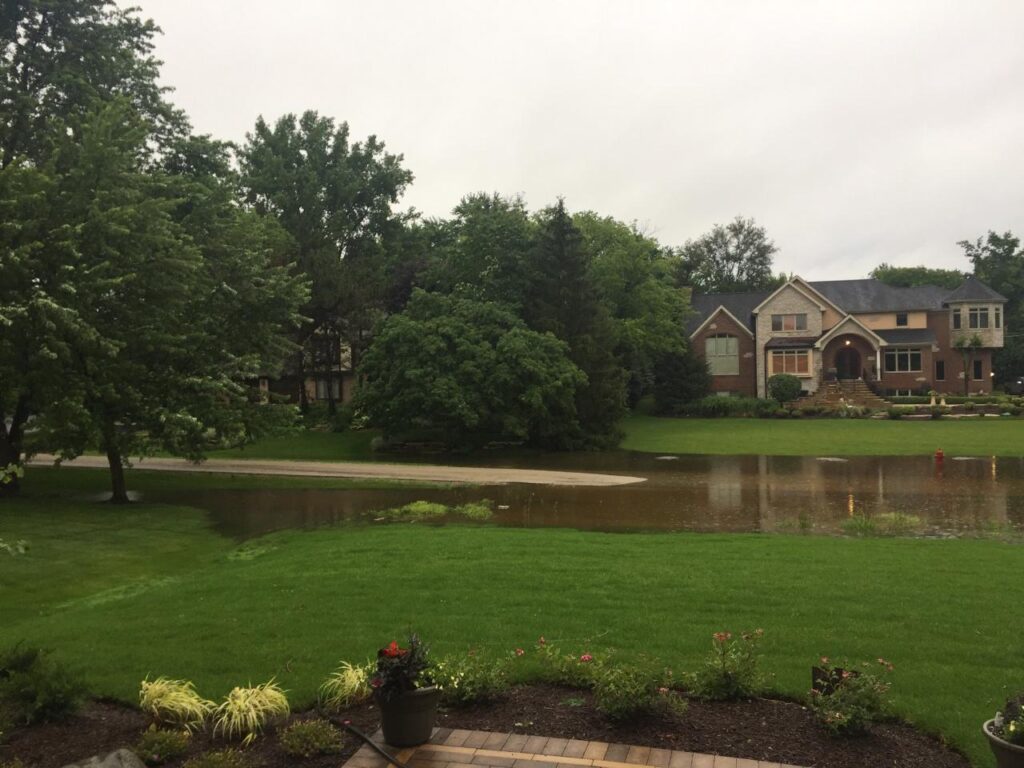
About the Expert
Nancy Schumm, PWS, CPESC, CMSM, QPFSD, CESSWI, is the award-winning author of two books on natural areas and plant history and four books on history and has been lecturing and presenting papers on environmental topics since 1997. She is the environmental services division chief for the City of Gaithersburg, Maryland. She is vice president of the Mid-Atlantic IECA, on the board of the International Erosion Control Association, a technical advisor for Envirocert-International and the vice chair of the Wetland Workgroup for the Chesapeake Bay Program.

